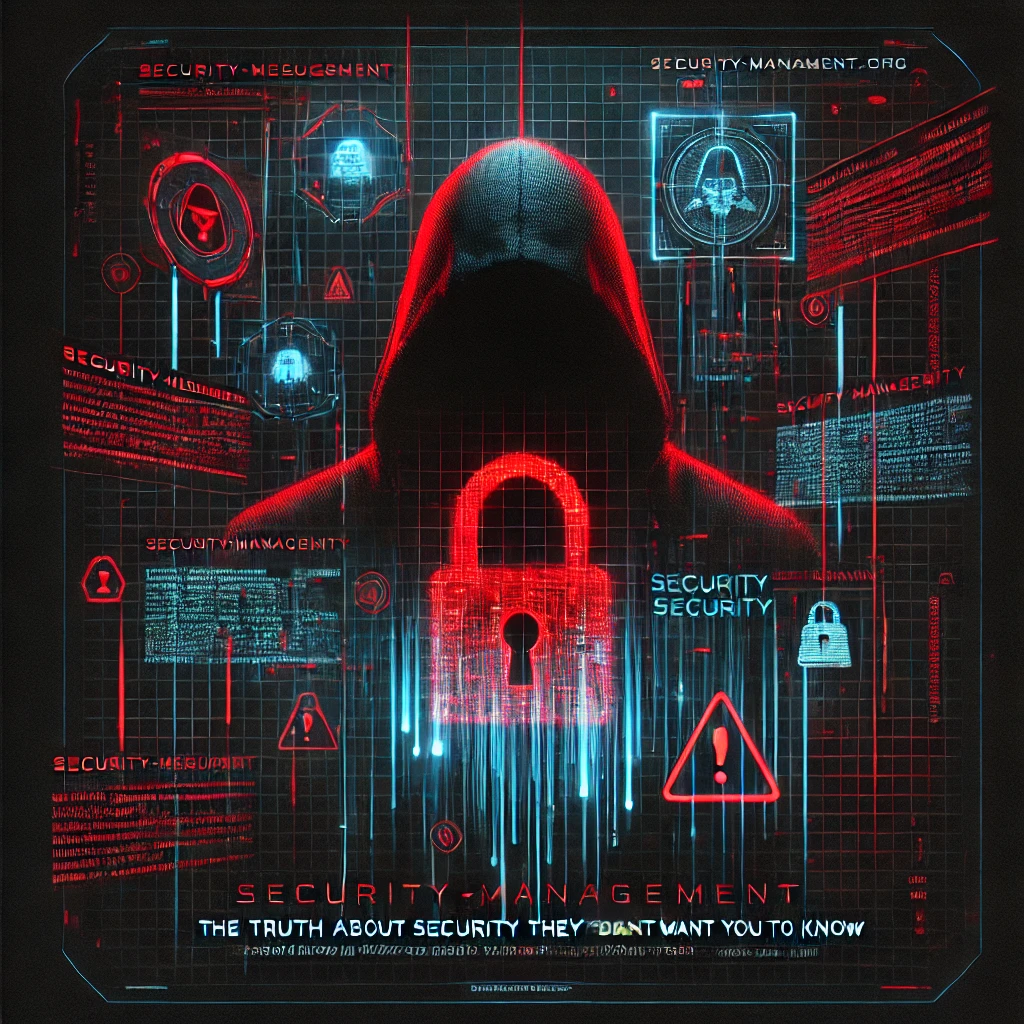PCI DSS – The Illusion of Payment Security
13/03/25 16:45
The Truth They Don’t Want You to Know
If PCI DSS truly worked, why does payment fraud keep increasing? Why do compliant companies still suffer data breaches? The answer is simple: PCI DSS is not about preventing fraud. It is about ensuring that when fraud happens, the blame is clearly assigned.
What PCI DSS Really Does (And What It Doesn’t)
PCI DSS is marketed as a gold standard for payment security, but here’s the reality:
✅ It requires businesses to encrypt data – but does nothing to prevent social engineering attacks.
✅ It mandates vulnerability scans – but only against known threats, not emerging ones.
✅ It forces organizations to document security policies – but doesn’t ensure those policies are effective.
Meanwhile, attackers don’t care about compliance. They exploit weaknesses that PCI DSS doesn’t even address.
The PCI DSS Compliance Cycle – An Expensive Illusion
The PCI DSS lifecycle follows a predictable pattern:
1️⃣ A business achieves compliance.
2️⃣ A new threat emerges that compliance doesn’t cover.
3️⃣ A breach occurs despite compliance.
4️⃣ Forensic audits are conducted, and fines are issued.
5️⃣ A revised PCI DSS version is released.
6️⃣ Businesses spend millions to stay compliant.
7️⃣ Repeat indefinitely.
Security remains stagnant, but the revenue stream for compliance auditors never stops.
The True Purpose of PCI DSS – Who It Really Protects
Here’s the uncomfortable truth: PCI DSS doesn’t exist to protect businesses or consumers – it exists to protect payment processors, banks, and credit card companies.
👉 When a breach happens, compliance shifts responsibility away from them and onto merchants.
👉 If fraud occurs, PCI DSS ensures that someone (not the card networks) takes the financial hit.
👉 The system remains broken, but the liability is outsourced.
How to Actually Secure Payments (Hint: It’s Not PCI DSS)
If you want real security, forget compliance checklists and focus on actual threat mitigation:
✔ Implement zero-trust architecture – don’t assume any part of your system is secure.
✔ Use tokenization and end-to-end encryption – don’t just comply, make data useless to attackers.
✔ Monitor real-time fraud detection instead of relying on outdated compliance reports.
✔ Educate employees and customers on social engineering threats, which compliance does not address.
Because when the next breach happens, PCI DSS won’t save you – it will just tell you who’s to blame.
Stay ahead of the game. Read more at Security-Management.org.

